As a Brit I am honour-bound to obsess over the weather. Luckily Argentina’s climate leaves me a lot to talk about. Right now it’s been raining for around three days straight. In the summer we sweltered at 100°F for weeks. Every season in Argentina is unique. But pretty much every day is a blue-sky day. Even in winter. What are you waiting for? You can visit Argentina year round.
WHAT’S THE WEATHER LIKE IN ARGENTINA?
First up, we’ll get the most obvious distinction out of the way – the seasons in Argentina are the reverse of those in the northern hemisphere. If you travel to Argentina in the US/ UK summer you’ll find yourself in winter, and summer in Argentina is when the weather is coldest in northern hemisphere climes. But that’s just the basics.
Argentina’s climate is generally temperate but it’s a huge place so there are massive variations across the country. The capital Buenos Aires, central Argentina including the pampas, and the coastal towns have an overall mild, warm climate with some scorching days and some freezing days just to keep you on your toes. The climate in the north is generally hot but ranges from dry-hot to humid-hot, while the south of Argentina is dry with warm summers and cold winters – getting down to sub-zero temperatures in the glacial regions.
Here’s what to expect (and what to pack) each season:
SPRING
September – November
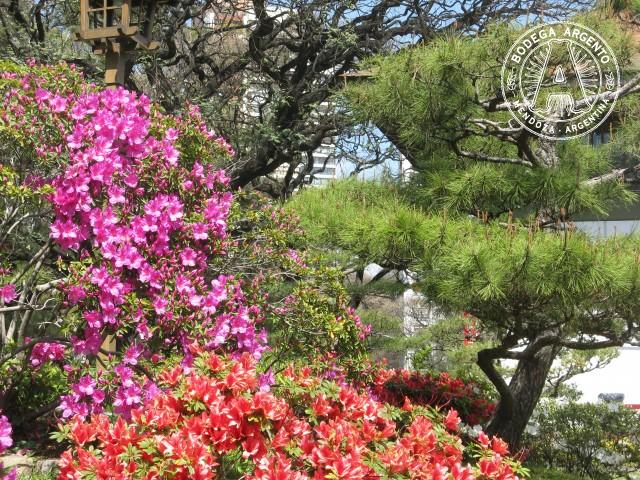
For me, spring is the season in Argentina. Perfect just about anywhere. Smell the asado smoke on the warm air on Sundays, lounge outdoors among the blossom in leafy parks, untormented by scorching temperatures. The lush lavender clouds of jacaranda bloom all over the city. Spring features fresh, cloudless days, cool mornings and nights, and warm afternoons.
The official beginning of spring is September 21st which is Spring Day in Argentina, an informal holiday prompting a run on the florist stalls. Spring officially lasts until 20th December but at this point you’ll definitely be feeling the summer heat.
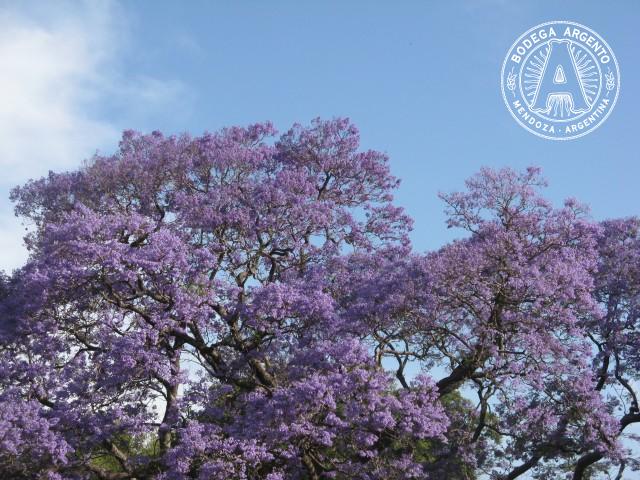
Best to go to…
Buenos Aires. The temperatures are ideal in September to November for strolling, sightseeing and hanging out. Temperatures are between 14°C/57°F and 22°C/72°F. And spring seems to be the time when porteños are happiest, as coats and layers are shed and the city opens up.
If you visit… anywhere in Argentina in the spring, be aware that nights are not warm, and as you travel south it is distinctly chilly.
What to Pack: layers, an umbrella for the frequent showers, a warm sweater for cool evenings.
SUMMER
December – February
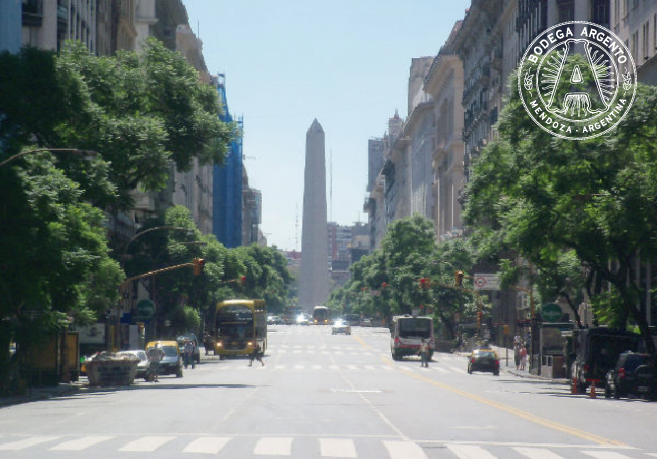
Summer. You begin by loving it, and often end up trying to escape its clutches by heading somewhere it doesn’t hit you with 40°C temperatures every day. In Buenos Aires, where the concrete clutches the heat, it is common for night time temperatures to rest in the high 30s. In the north, the mercury soars to 100°F on a regular basis while the average temperature is 26°C/79°F.
It’s sweltering. And expect rain. Lately in the city, heat seems to build and build over three or four days until the skies burst under the pressure and heavy rains and dramatic thunderstorms bring flooding and general chaos. It rains even more in the north.
Best to go to…..
Tierra del Fuego. You’ll get the most reliable weather here in the summer, although it can still snow at any point.
Patagonia. Days are long and warm and dry – it’s the driest place in Argentina in the summer.
The Atlantic Coast beaches. Make like a true porteño and book your place on the (crowded) sands of an Atlantic Coast beach. Mar del Plata is the busiest, most popular resort but you’ll find it less stressful in places like Pinamar, Cariló and Mar de las Pampas.
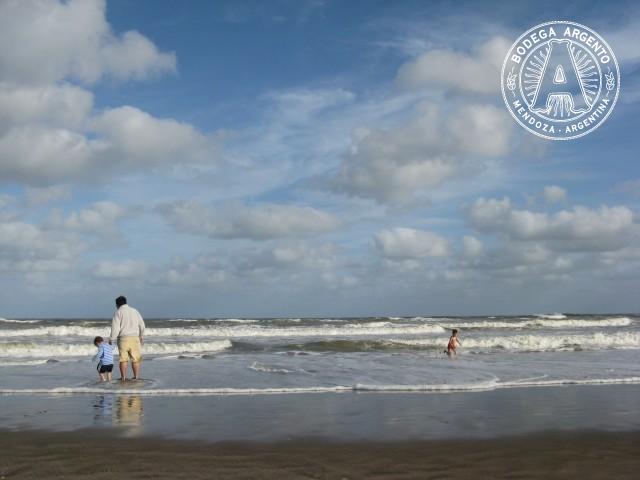
If you visit… Buenos Aires, be prepared for the heat and humidity. It can be sweltering without any discernible breeze. And it can also be deserted. Many people take off for two weeks or more to the coast to escape.
…Salta and places in the north, you’ll find the days just as hot – hotter than BA on the temperature graphs – but the temperature drops at night more so than in the capital, and you get some respite, especially if you go high. But, there are liable to be heavy rain storms and roads are often flooded.
What to Pack: light, cool clothes, sandals, sunglasses, maybe a light sweater if you happen to meet with a rare cool evening.
AUTUMN
March – May
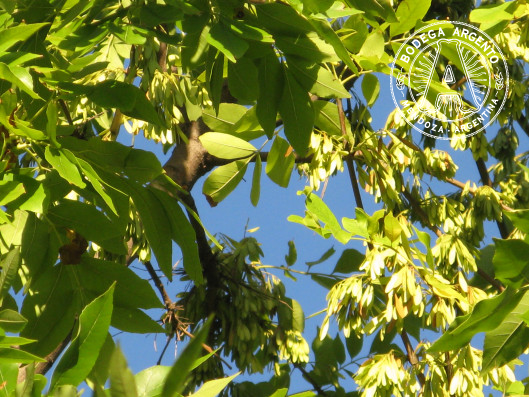
Autumn, like spring, is characterized by mild weather with temperatures averaging 16°C/ 61°F in central Argentina and Buenos Aires. The football (soccer) season kicks off once more and the temperature drops slowly through the autumn months until it’s cold in the mornings and you don’t want to hang around in the garden after the asado. Heavy rain is also a regular occurrence. And in the north? It’s still hot with an average of 22°C/ 72°F.
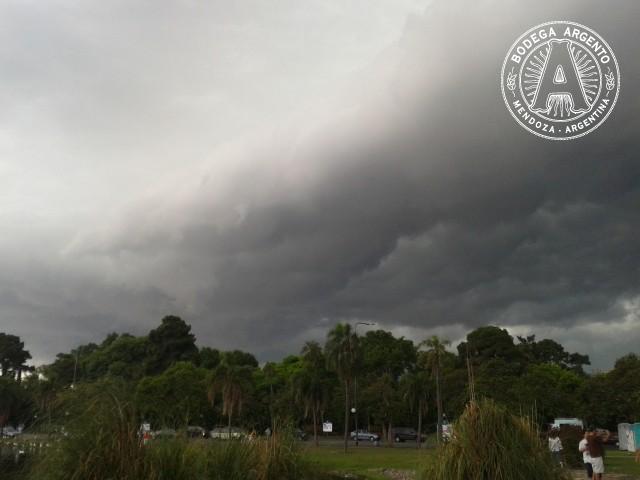
Best to go to…
The Lake District. The scenery is spectacular, with the autumn beech leaves colliding with the bright blue sky to produce a stunning landscape.
Mendoza and San Juan. Never miss a chance in Argentina to get better acquainted with the country’s amazing wines. In autumn the grape harvests and lively wine festivals in Mendoza and San Juan provinces are certainly worth the trip – the Grape Harvest Festival in Mendoza is in March.
If you visit… Iguazu, know that while it’s slightly less hot with fewer people, the rainy season has passed and water levels in the cascades are lower. Although the falls still look tremendous whenever you visit.
What to Pack: same as spring: layers, sweater, umbrellas. And a healthy obsession for wine.
WINTER
June – August
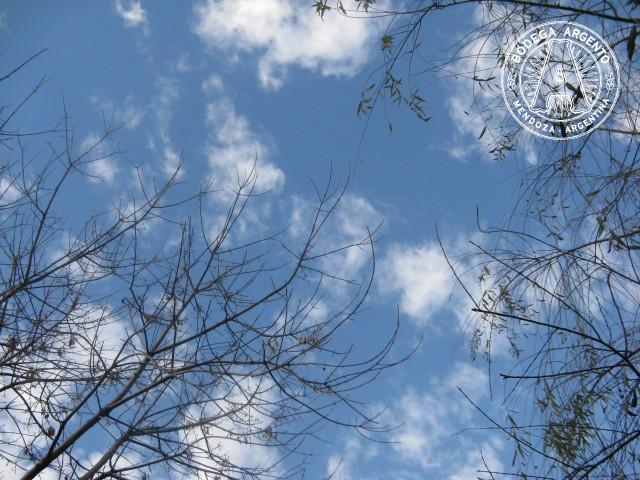
Winter is a weird time, climate-wise, in Argentina. On the most part, it’s cold in Buenos Aires with an average low of 8°C and an average high of 18°C. But sometimes the temperature is as high as 25°C/ 76°F or as low as freezing. Blame the high temps on the Veranito de San Juan (San Juan’s Little Summer) – this phenomenon occurs around the 24th June, San Juan el Bautista’s birthday, and lasts between three and seven days. Sometimes.
Then you’ve got the Santa Rosa tormenta, which arrives around the end of August and heralds a short period of intense storms and heavy rain. If you want a more pleasant climate it’s warmer, uniformly, in the north of the country with an average of 14°C/ 57°F. But days are still sunny in the winter – those gorgeous blue skies can’t fail to lift your mood, especially when you are used to the constant winter drizzle and cloud in the UK.
Best to go to…..
The North, if you want to explore in more manageable temperatures.
Or to a ski resort in Patagonia if you like snow. Although July is generally a holiday month when the schools are out, so be prepared for some busy runs (and some doubled or tripled prices).
If you visit…… the coast you’ll certainly have the beach to yourself but the winds are bracing, to say the least, and you won’t be taking a dip unless you’ve got a wetsuit. Many hotels, restaurants and shops close during the winter. But if you’re looking for perfect solitude, the Atlantic coast on a wintery day is perfect. And the prices for accommodation drop from sky high to perfectly affordable in the winter.
…the mountains, you’ll encounter quite a few passes blocked by snow. Many towns largely close down in Patagonia after Easter, so it’s not the best time to explore.
What to Pack: a warm coat and maybe even a hat – it does get cold here in winter. You won’t need snow boots in Buenos Aires, though – in the city it last snowed on 9th July in 2007 and people still talk about it. Before that, snowfall was recorded in June in 1918.


Latest posts by Louise Carr de Olmedo (see all)
- 12 FRESH ORGANIC OPTIONS IN BUENOS AIRES - December 15, 2016
- WHERE TO EAT VEGAN FOOD IN BUENOS AIRES - December 15, 2016
- WHERE TO GO GLUTEN FREE IN BUENOS AIRES - December 15, 2016


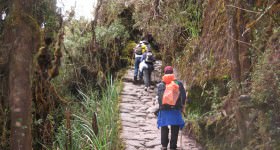 Gap Year Travel in Argentina and Beyond
Gap Year Travel in Argentina and Beyond 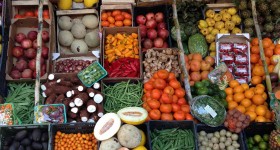 EAT THE SEASONS
EAT THE SEASONS 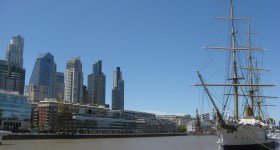 Guide to Puerto Madero: BA’s Newest Barrio
Guide to Puerto Madero: BA’s Newest Barrio  Argentina Travel Guide to Jujuy Province
Argentina Travel Guide to Jujuy Province 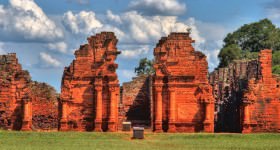 Argentina Travel Guide to Misiones Province
Argentina Travel Guide to Misiones Province 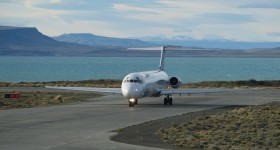 Air Travel in Argentina – A Beginner’s Guide
Air Travel in Argentina – A Beginner’s Guide 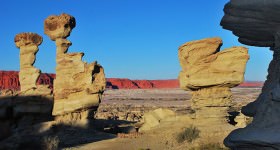 Travel Guide to San Juan, Argentina
Travel Guide to San Juan, Argentina 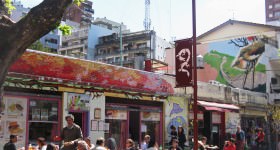 Food shopping guide to Barrio Chino
Food shopping guide to Barrio Chino 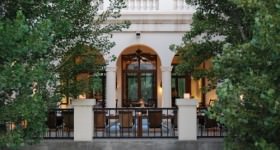 Mendoza Travel Guide: Tips on Planning a Trip
Mendoza Travel Guide: Tips on Planning a Trip 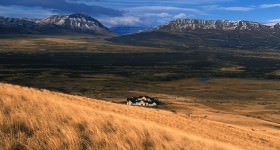 An Insider’s Travel Guide to Argentina
An Insider’s Travel Guide to Argentina 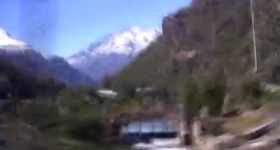 Bingo! Bus Travel in Argentina
Bingo! Bus Travel in Argentina 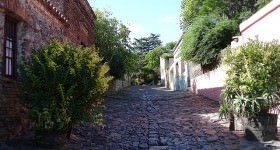 The Real Argentina Travel Guide to Colonia del Sacramento
The Real Argentina Travel Guide to Colonia del Sacramento